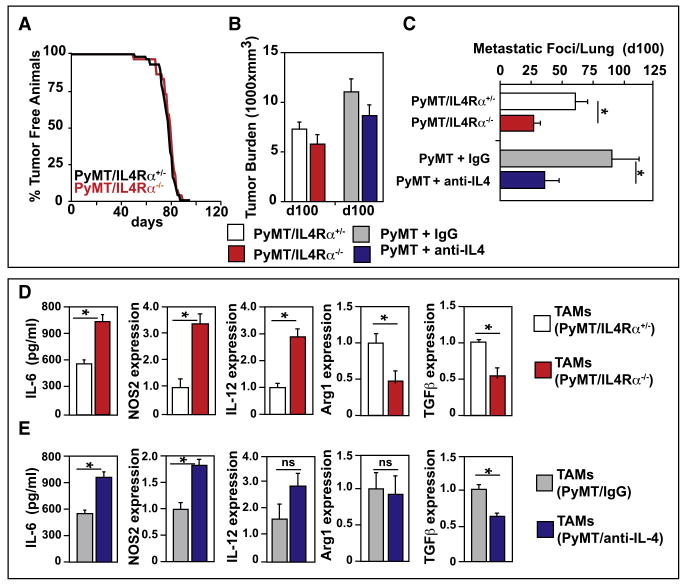Figure 6. IL-4 Signaling Promotes Metastasis, but Not Primary Tumor Development.
(A) Kaplan Meyer analysis of tumor incidence in PyMT/IL-4Rα+/− and PyMT/IL-4Rα −/− mice (n = 15/group) depicted as percentage of tumor-free animals. No statistical differences between cohorts by generalized Wilcoxon test were found.
(B) Total mammary tumor burden of PyMT/IL-4Rα+/− and −/− mice, and PyMT mice treated for 20 days with either IL-4 neutralizing Ig (11B11) or control IgG and evaluated at day 100, shown as mm3 (n = > 20 mice per cohort). Tumor size was determined by caliper measurement and multiple tumors in one animal were added together.
(C) Quantification of average number of metastatic foci/lung/mouse of 100-day-old PyMT/IL-4Rα and PyMT mice treated with either IL-4 neutralizing or control IgG. Each lung was serially sectioned, and six sections 100 μm apart were stained by H&E and total number of metastatic foci (greater then 5 cells) quantified. Each of the six sections was summed and each bar represents n ≥ 23 mice for all cohorts and ≥ 12 for Ig-treated groups.
(D and E) Tumor-associated CD45+F4/80+Gr1− macrophages were isolated by flow sorting of mammary carcinomas from (D) PyMT/IL-4Rα or (E) PyMT mice treated with either IL-4 neutralizing IgG (11B11) or control IgG. ELISA was performed on conditioned medium from TAMs (50,000) after 18 hr of culture. Quantitative RT-PCR analysis was performed using the comparative threshold cycle method to calculate fold change in gene expression normalized to GAPDH as reference gene. Representative assays from three independent cohorts each run at least in triplicate are depicted as the mean fold change from the standardized sample. (B–E) Data are represented as mean ± SEM, and asterisk denotes p < 0.05 by Mann-Whitney test.

